
Edwin Arlington Robinson was an American poet and playwright. Robinson won the Pulitzer Prize for Poetry on three occasions and was nominated for the Nobel Prize in Literature four times.
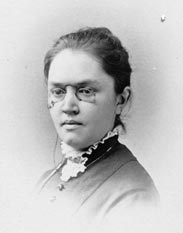
Katharine Lee Bates was an American author and poet, chiefly remembered for her anthem "America the Beautiful", but also for her many books and articles on social reform, on which she was a noted speaker.

Agnes Mary Frances Robinson was a poet, novelist, essayist, literary critic, and translator. She was the elder sister of the novelist and critic Frances Mabel Robinson.
Edmond Gore Alexander Holmes was an educationalist, writer and poet.
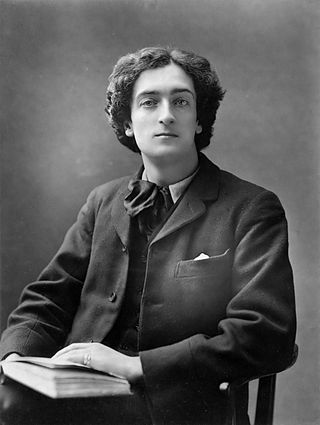
Richard Le Gallienne was an English author and poet. The British-American actress Eva Le Gallienne (1899–1991) was his daughter by his second marriage to Danish journalist Julie Nørregaard (1863–1942).

Caroline Maitland (1858–1920) was an English poet and writer. She worked under the name "Dollie Radford" after she married Ernest Radford.

Alice Brown was an American novelist, poet and playwright, best known as a writer of local color stories. She also contributed a chapter to the collaborative novel, The Whole Family (1908).
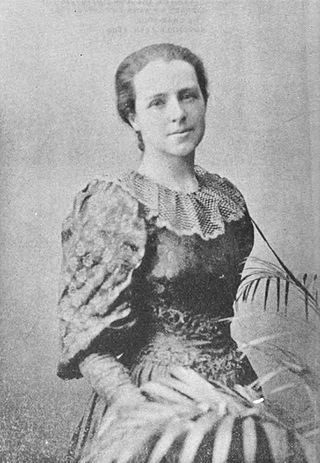
Louise Imogen Guiney was an American poet, essayist and editor, born in Roxbury, Massachusetts.

Nathan Haskell Dole was an American editor, translator, and author. A writer and journalist in Philadelphia, New York, and Boston, he translated many of the works of Leo Tolstoy and books of other Russians; novels of the Spaniard Armando Palacio Valdés (1886–90); a variety of works from the French and Italian.

James Carnahan Knight was an American football player and coach. He played college football at Princeton University in 1895 and at the University of Michigan in 1901. He was the head football coach at the University of Washington from 1902 to 1904 and compiled a 15–4–1 record.
George Barlow was an English poet, who sometimes wrote under the pseudonym James Hinton.
Boscobel College for Young Ladies was a college in Nashville, founded in 1889 as the Nashville Baptist Female College by the Tennessee Baptist Convention. The college operated for twenty-five years — until 1916. One of its founding objectives was to provide the lowest possible cost for higher-education of young women.

Adeline Sergeant was an English writer.

Amanda Minnie Douglas was an American writer of adult and juvenile fiction. She was probably best remembered by young readers of her day for the Little Girl and Helen Grant series published over the decades flanking the turn of the twentieth century.
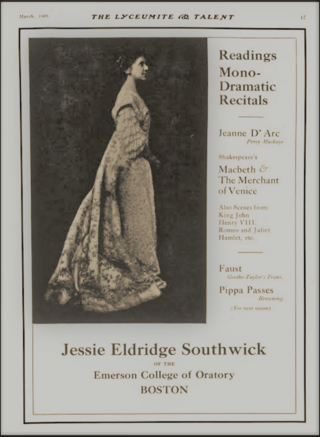
Jessie Eldridge Southwick was an American elocutionist, teacher, author, and poet. She was active in the Chautauqua and Lyceum movements of the late 19th and early 20th centuries, performing around the United States as well as internationally. She influenced oratory through active involvement in emerging organizations, writing textbooks, and teaching expressive voice culture and platform performance at Emerson College and elsewhere.
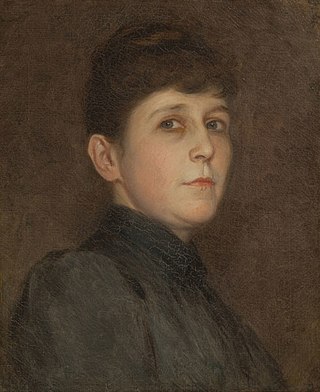
Ida Waugh was an American illustrator of children's literature who often collaborated with her lifelong companion, Amy Ella Blanchard.
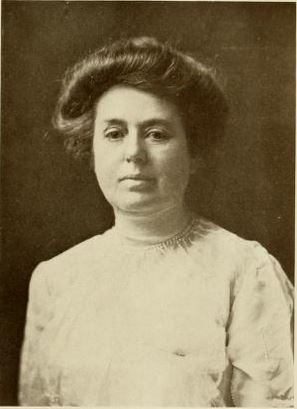
Jane Frances Winn who wrote as Frank Fair, called the "dean of newspaper women" in St. Louis, was an influential American journalists of the early 20th century. By 1903 she was recognized as a journalist to whom "even men" paid their homage: The Journalist, a New York City weekly periodical about newspaper people and their work, profiled Winn in its series of prominent writers.

Harriet Melissa Bunker Austin was an American author.

Harriet Mabel Spalding was an American litterateur and poet. She became well known in the highest circles of art and literature in Albany, New York, Chicago, and New York City.

Fanny Purdy Palmer was an American author, poet, journalist, lecturer, social activist, and clubwoman. She began club work in 1876 and was one of the originators of the General Federation of Women's Clubs. She served as president of the Rhode Island Woman's Club, was a member of the school committee of the city of Providence, Rhode Island, and was connected with various philanthropic and social movements, including women's suffrage. A diligent reader of some of the best scientific and metaphysical works, for many years, she was a writer of stories which appeared in various weekly and monthly publications, stories which have dealt with the problems of life.

















